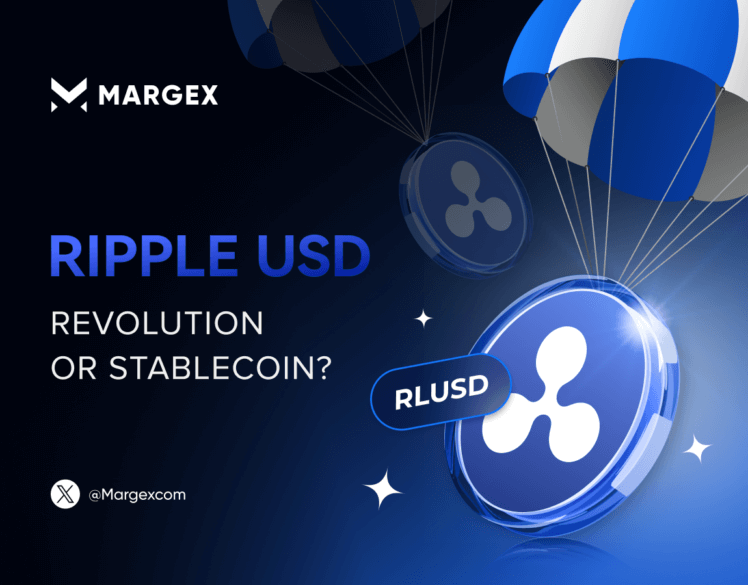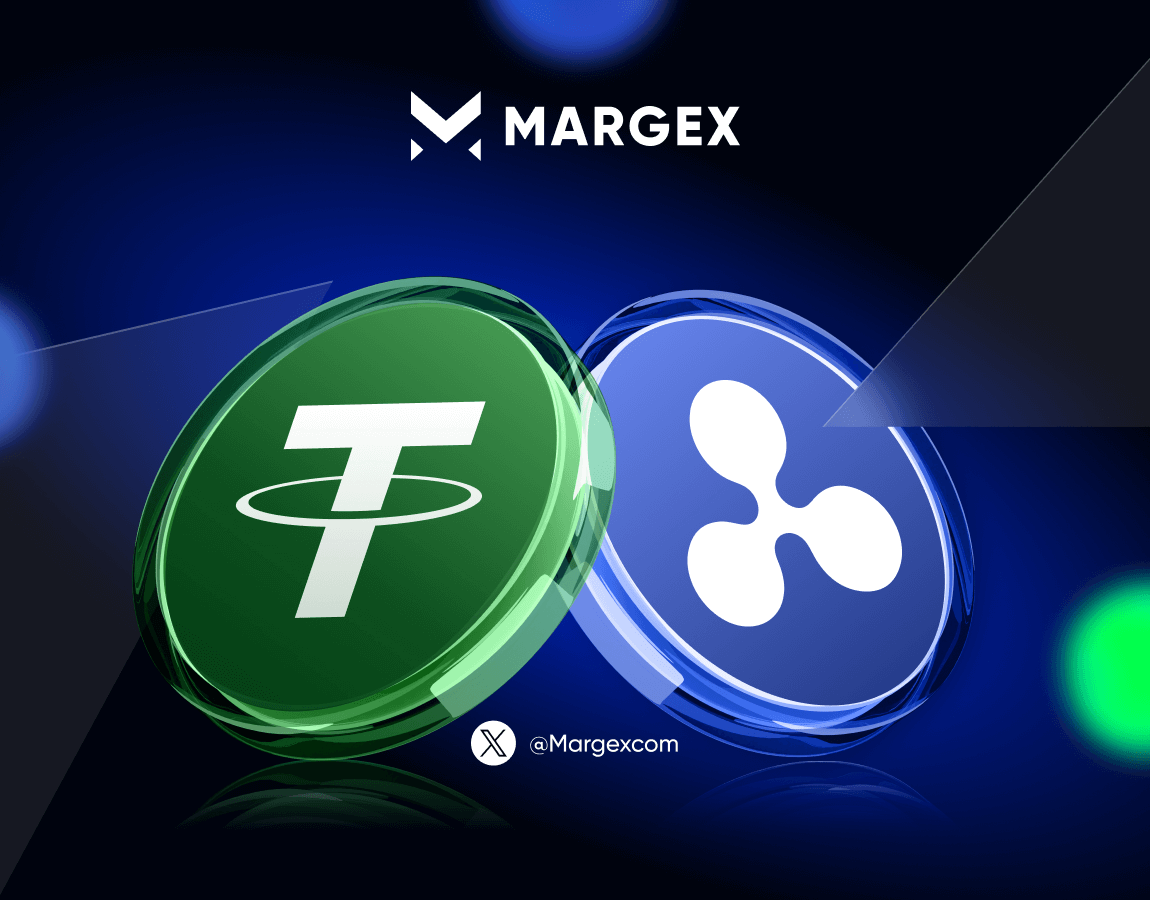Is Ripple USD (RLUSD) Next Big Thing or Just Another Stablecoin?

Developed by Ripple, RLUSD has only recently entered the financial landscape but it has already garnered serious attention due to its potential use-cases and applications. RLUSD is a market ticker for Ripple USD and it is pegged to the US dollar and is backed by a wide range of assets, including cash. The fact that it was launched by a top player in the blockchain space that has recently emerged as a winner against the SEC in court is making financial institutions and retail investors watch it attentively.
RLUSD launches almost after year of development
Ripple announced their plan to create a dollar-pegged stablecoin that would become a “gold standard” for other stablecoins in the market in the spring last year. Closed beta began in August, when Ripple Treasury began gradually minting small batches of RLUSD (several hundred each, not exceeding one million) and then burning them.
The product was finally launched in December 2024 on two chains – XRPL and Ethereum. Crypto exchanges began to gradually list the new stablecoin, while Ripple continues minting millions of it. Recently shared analytics data displayed that the blockchain giant has already created slightly more than 80 million RLUSD and it is fully backed by US dollars, Treasuries, cash equivalents, etc. Having launched the stablecoin, Ripple has expanded into the market dominated by such companies as Tether and Circle with USDT and USDC being the most popular and widely used dollar-pegged stablecoins.
Stablecoins like RLUSD have now become increasingly used in a broad cryptocurrency ecosystem. They offer traders a bridge between various cryptocurrencies which often demonstrate high volatility. Besides, they are relatively stable similar to traditional fiat currencies, such as US dollar, euro, pound sterling, etc. In the case of RLUSD, since it is backed not only by dollar cash but other assets, its appeal is much wider since it addresses common criticism faced by other stablecoins pegged to fiat currencies, which are vulnerable to inflation and are noted to be depreciating at the moment.
RLUSD strives to avoid Tether USDT subpoenas

Later this month, as promised by Ripple CEO Brad Garlinghouse in December, Ripple is to issue an attestation report which will reveal the composition of the assets that back the new stablecoin.
As for the technology that RLUSD is backed with, it combines blockchain-powered mechanisms and asset verification protocols. Due to these, RLUSD value is meant to remain transparent, resistant to manipulation and easy to audit.
Ripple promised that RLUSD would be audited by independent companies. When developing and launching RLUSD, Ripple stressed the high level of transparency it is going to have in order to demonstrate that its backing is secure and verifiable. Thus, they also want to avoid the situation faced by Tether when its cash reserves that back USDT were questioned four years ago by investors.
RLUSD use cases promised by Ripple
Ripple announced that its new product will cater to a broad range of applications. In particular, it would be a medium of exchange, especially useful in the markets where local fiat currencies are vulnerable to major fluctuations and devaluation.
Similar to earlier stablecoins, such as USDT and USDC, RLUSD can easily serve as a store of value and can help investors and traders safeguard their funds at the same time benefiting from its link to real-world assets. Rather than holding funds in US dollar directly, keeping money in RLUSD would protect investors from seeing their money’s purchasing power dwindle over time.
Apart from that, RLUSD would come in quite useful in regions where large parts of the population remain unbanked and cannot access even regular cash.
Besides, the white paper shared by Ripple recently, reveals that RLUSD could potentially play a transformative part in the market of transnational payments and remittances, similar to XRP that is also operated by Ripple. According to various public statements made by Ripple top executives, the company intends to use both XRP and RLUSD equally in its business, letting them support each other.
The white paper also states that RLUSD can be used as on/off ramps for fiat currencies, B2B cross border payments, foreign exchange markets, trade settlement assets for banks and fund managers, real-world asset tokenization, and for global access to a digital dollar.
Still, whether RLUSD will be successful as intended or not depends heavily on its governance model, its compliance with regulators, and whether its market adoption would gain traction fast. Stablecoins are particularly in the strong spotlight and focus for regulators, since they have high potential of impacting the global financial system. Therefore, RLUSD would definitely need to comply with various legal and financial frameworks to succeed. It will also need to be widely adopted by crypto exchanges, wallets and payment platforms around the world.



